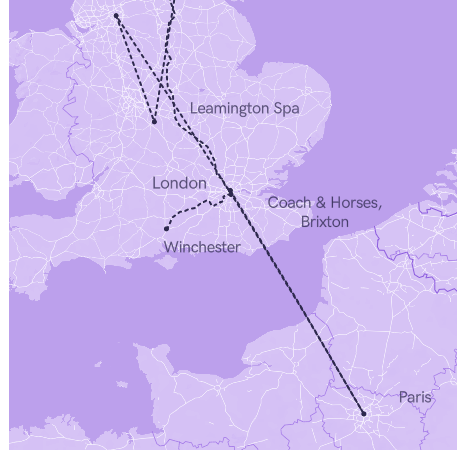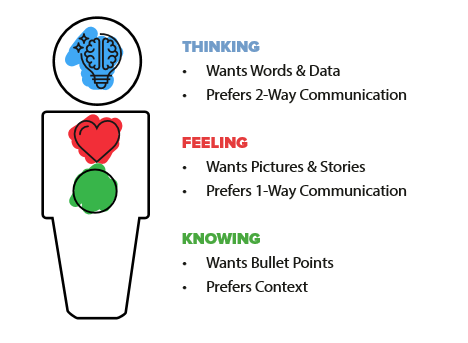Originally published on the Shirlaws Business Coaching Blog, 2007-2010.
Your business can never have too many friends.
Why?
What better way to get to know, and be known by, a broader network of possible clients and staff, especially the oft sought-after and much generalised Gen X & Gen Y?
I’ve heard of that, but exactly what is it?
You’ve almost certainly heard of the Big 3: MySpace, Facebook, and LinkedIn. Don’t yet rule out Orkut, big in Brazil and owned by Google, or Bebo, which is proving increasingly popular in the UK and New Zealand.
Presently, each of the Big 3 has its own Position in the market, which reflects their history.
- MySpace – began as a place to flog your band. Still the biggest site for garishly unique teens and their parties.
- Facebook – was named after the Harvard profile tool, and originally restricted to school and college students (who had a .edu email address). Realising their audience were graduating, and had a higher average income that advertisers might pay to access, this was relaxed in 2006.
- Linked-In – followed the same trends, but always sought to connect people in the business sphere. The long-time leader in this field, growth has slowed as people choose Facebook where they can look for both ‘Networking’ and ‘Random Play’.
In general business, the push to be ‘biggest’, as opposed to the ‘best positioned’ for a specific segment, has blown plenty of businesses away. Nevertheless, each of these networks is trying to be more relevant to more people at the same time they attempt to monetize the communities they’re building. The social networking market is still immature; expect consolidation.
OK, and how can I make this work for my Business?
The cashed-up answer might be to advertise directly, benefiting from anonymous aggregations of personal details. This may seem an advertiser’s dream, but remember users are on these sites for friends, not purchases, and this means an abysmally low ‘click-through’ rate.
Establishing a presence on the network or networks of your choice (which one is better positioned for you right now?) is the only way to connect in these spaces, whether you connect with potential staff or sales prospects.
You can do this either as a business or an individual. Chances are that many of your team, especially the digital natives who grew up with technology, are already online. Consulting with them will help you clearly shape your preferred message.
Then you need to get involved. This doesn’t mean working to be the baddest ninja around, but build a network of connections or ‘friends’ and keep them updated on aspects of your business or industry that may interest them. This can be done through a variety of formats – mini-blogs, status updates, wall posts, and group emails. Don’t be afraid to go online and learn from the experience.
Sounds great – what else do I need to know?
Remember, always, these are social networks not just new channels to market. Sell too hard, or at all in some spaces, and you will fail. In the world of Web 2.0, you’re also opening yourself up to community feedback you may not like. These audiences value openness to any criticism, so don’t try to suppress or ignore it – that won’t help.
Whatever you do, don’t ban staff from playing in these spaces. If you need to, limit personal internet use in business hours. If you think your staff are poorly representing you online, the issue is your staff, not technology.




